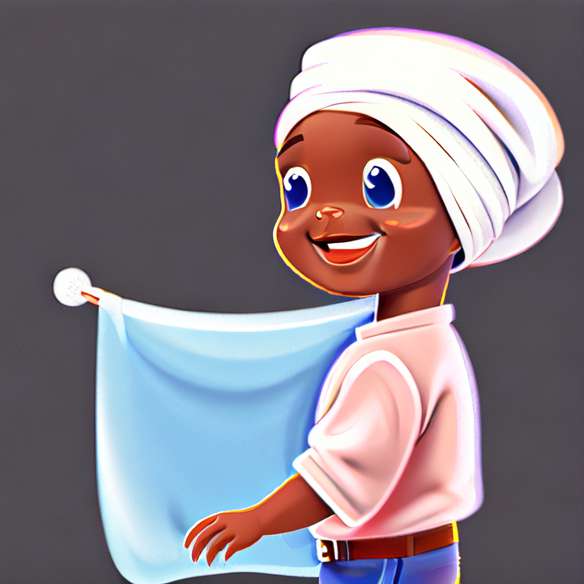Tooth of milk: all about baby's first teeth

What are the milk teeth used for?
The baby teeth are the basis of the definitive teeth. They must therefore receive a great deal of attention and it is imperative to take care of them from the start. The dentition of the human being consists of two successive teeth. Since the newborn's jaw is too small to accommodate the definitive dentition, the baby teeth appear first, adapting to the bone growth of the infant.child. Around the age of 5/6 they begin to fall in order to leave room for the 32 definitive teeth.
At what age do the first teeth come out?
Everything starts in-utero. During pregnancy, the fetus already develops what are called dental buds that are the basis of future baby teeth. In general, the first teeth pierce around the age of 6 months, when baby begins to eat solid. However, the appearance of the first milk teeth varies from one child to another. A baby 2000 is born with one or two teeth, some will appear the first around 8-9 months, and some will still not at the age of one year.
The two incisors of the bottom are the first to leave followed by the two upper incisors. In a second time appear the molars and the canines. In general, this happens according to the following schedule:
Between 6 and 12 months: thrust of the eight central and lateral incisors.
Between 12 and 18 months: thrust of the first four molars.
Between 18 and 24 months: push of the four canines.
Between 24 and 30 months: thrust of the last four molars.
At three, baby is usually operational to display his best smile with his 20 teeth!
What are the signs of the arrival of the first teeth?
The thrust of the first teeth is most often very painful. The first symptoms appear approximately one or two months before the first breakthrough. Yes baby saliva a lot, that he carries to his mouth everything that comes to hand, that he is grumpy and that he seems to have pain, no doubts: he is doing his first tooth! Besides, you will notice on his gum a small white dot which means that the gum is about to be pierced. Several other symptoms may occur: a small fever, redness in the cheeks or buttocks or diarrhea.
The first outbreaks are they necessarily accompanied by pain?
For some people children, the push of the first teeth is not a part of pleasure and is accompanied by small annoyances more or less painful but it is not systematic. Some lucky kids will not feel any pain and the arrival of their first teeth will go almost unnoticed.
How to relieve his pains?
The dental ring (approved) is undoubtedly the most used solution to relieve the first tooth thrust of baby. Placed before the refrigerator, it helps to anesthetize the inflamed gums of your child when he nibbles it. If he has fever, give him paracetamol. You can also massage the gums with Pansoral or Dolodent type balms. Homeopathic treatment can also prevent pain and relieve symptoms.
When to start dental hygiene?
Dental hygiene starts from the first tooth for a simple and good reason: the baby teeth can be decayed! The thinness of the enamel layer makes the milk tooth more receptive to tooth decay. Of course the toothbrush is too imposing for the little mouth of baby then you can start by cleaning your first teeth with a small cotton pad soaked in water and then brush with a toothbrush around the age of one with a suitable toothpaste. To avoid cavities, it is good to avoid sweets and sugary drinks in the bottle.
The first visit to the dentist
The arrival of the first teeth does not necessarily require a consultation. Nevertheless, the sooner the first visit to the dentist arrives, the more child will be used to the cabinet universe. You can take him at the age of two.This first consultation will not be the subject of an intervention but your dentist will take the opportunity to talk to you about the good reflexes to adopt for an oral hygiene of iron!








